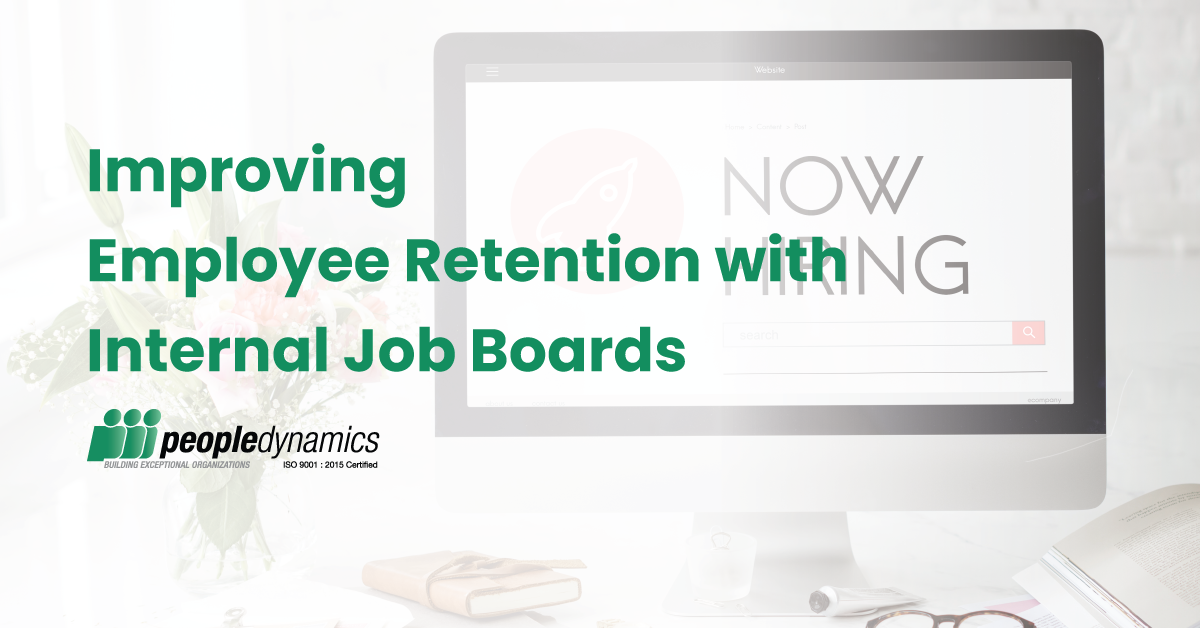Fact: employee engagement is important. It’s a key factor in numerous aspects of your organization such as productivity, performance, satisfaction, and retention. So for this article, we’re going to focus on the role of employee engagement in employee retention.
The Role of Employee Engagement in Employee Retention
The top workforce challenges remain the same: recruitment, engagement, and retention. But, these workforce challenges are connected. You can say that recruitment and retention challenges are symptoms of low or dis-engagement.
According to a LinkedIn Talent Blog post entitled “3 Factors Strongly Linked to Better Employee Retention, According to 32 Million LinkedIn Profiles”, empowered employees are more likely to stay, and those who don’t only have a 35% chance of staying. When they leave, you need to fill the vacancy. That’s where your recruitment issues rise.
Why is Employee Retention Important?
Before we dive into how you can use engagement to improve retention, let’s answer this question first: why is employee retention important?
Employees leave you for various reasons. Some common reasons why they quit are because of bosses and the influence of managers. Some also quit because of compensation or lack of growth and development. Whatever it is, once an employee leaves, a gap in your organization appears. This gap doesn’t only mean that there’s one less person in your company, but also that there’s a chunk of your business that left with your former worker. There have also been studies on the cost of employee turnover—some predicting that replacing an employee costs as much as 6 to 9 months of that person’s average salary, and some thinking that it’s highly plausible that it’s more than that because of the many intangible and often untracked costs with it.
And while it’s inevitable that some of your employees will leave over time, it’s best to keep them with you and maintain a healthy turnover rate in your organization.
Employee Engagement Tips to Improve Employee Retention
Now that you know why employee retention is important, how can you use employee engagement to make your employees stay?
Talk and Listen to Them
How do you know if your employees are feeling engaged, unengaged, or disengaged? Engaged and disengaged employees are more or less obvious. Engaged workers stand apart from their colleagues because of the effort they put into their jobs. Actively disengaged workers, on the other hand, are employees with bad attitudes that are not only unhappy with their work but are also intent on spreading their unhappiness. Unengaged employees, however, are usually left alone and are difficult to spot. They don’t actively disrupt work like their disengaged colleagues, but they also don’t have the passion and motivation that their engaged co-workers have.
The first step to engagement is to talk and listen to them. Effective communication is the lifeblood of any organization. Don’t just assume your employees are happy. Ask them some questions like how they feel about working for you, what they like and don’t like about working for your company, or what could you do to make them feel and work better. You could also use an employee engagement survey to give your workers a venue for open feedback. And once you know what they feel, listen to them. There’s nothing more disengaging than someone listening but not caring. Your employees expect you to act upon their contributions. When they feel that they’re not listened to at work, they get frustrated, annoyed, and disengaged. Feeling like this consistently will eventually drive them to leave.
Recognize Them
Recognition is an essential aspect of employee engagement. Publicly recognize your employees for a job well done. This makes your workers feel valued and appreciated—which, in turn, makes them stay. Who would want to keep working for a company that doesn’t even recognize the amount of work that they do?
It’s also a good practice to reward them, to show your appreciation and how much you value their efforts. But, this doesn’t always mean cash. If you’re worried about the money you’ll have to invest in your recognition programs, here are some creative ways to reward your employees.
Pay Attention to Your Workplace Culture
Your workplace culture plays an essential role in the role of employee engagement in employee retention. You should foster a workplace culture that meets your needs. So, if you need a more engaged and longer-lasting workforce, you need to foster a workplace culture that encourages, supports, and motivates employees to do their best work. Involve your workers and instill with them a sense of purpose so that they know that whatever role they play in your business, they contribute to achieving your goals. Also, you should create a sense of family, just like how the general Filipino workplace culture functions.
You can also learn more about how company culture affects talent retention in this blog post by the Profiles Asia Pacific. And if you’ve realized that you have a poor company culture, don’t worry—it’s never too late to turn it around.
Invest In Your Employees’ Development
Did you know that according to LinkedIn’s 2020 Workplace Learning Report, learning and development budgets and online learning investments are on the rise? This is because employee development is one reason why a talent will stay with you. In fact, in the 2019 version of the same report, 94% of employees say that they would stay at a company longer if it simply invested in helping them learn! Employees today value their education and development. And with the digital transformation ongoing and the continuous rise of Artificial Intelligence (AI), they look for more of these opportunities, especially from their employer. Your employees also feel valued when they know that you invest in their growth, making them more engaged.
The bottom line is: employee engagement plays a big role in employee retention. So, if you want to reduce your turnover rates and make your employees stay, start engaging them today!




